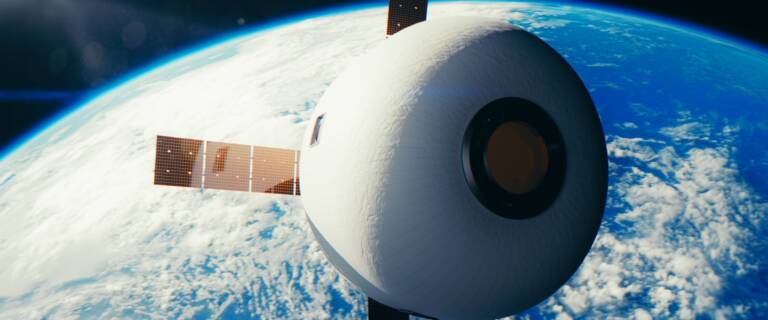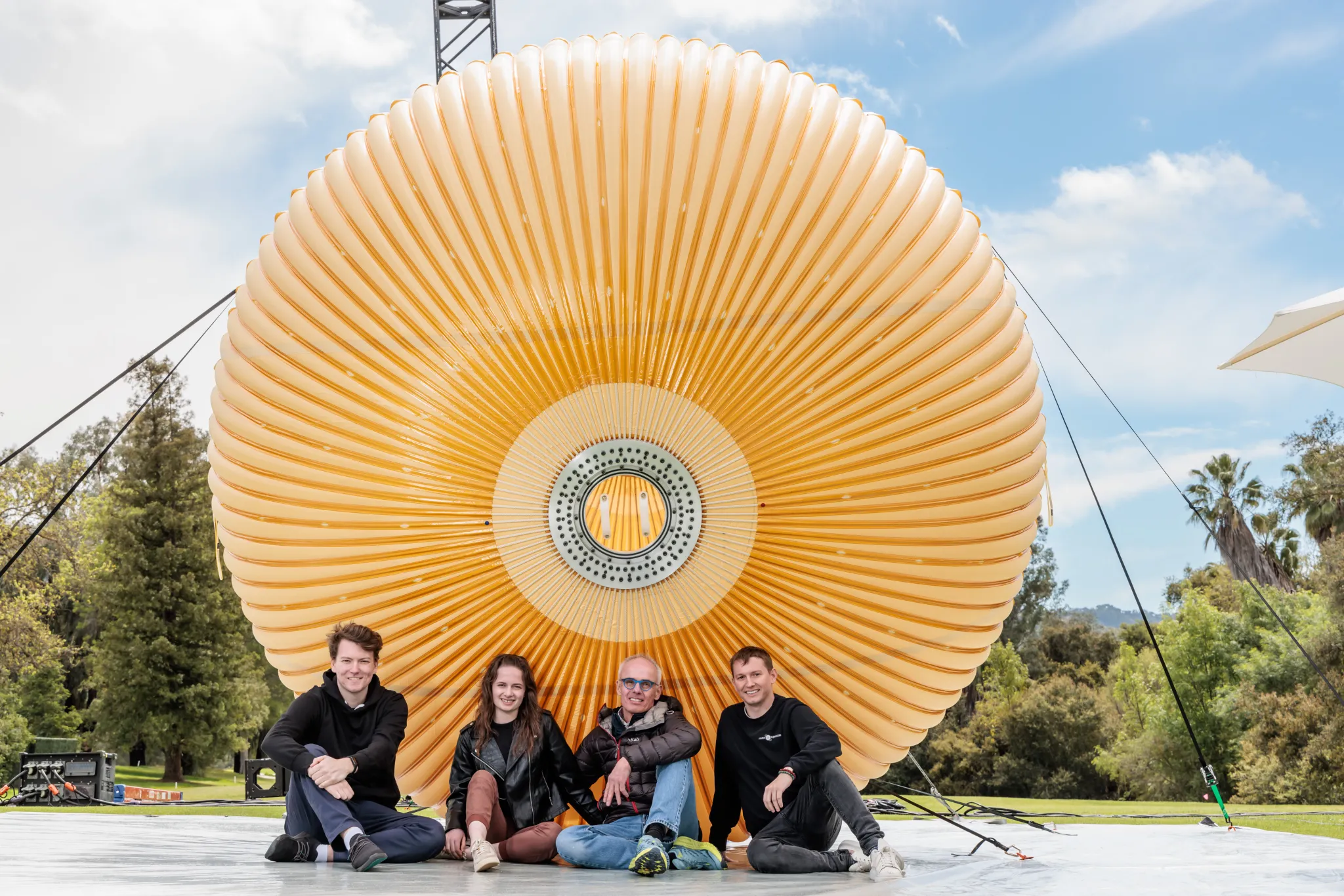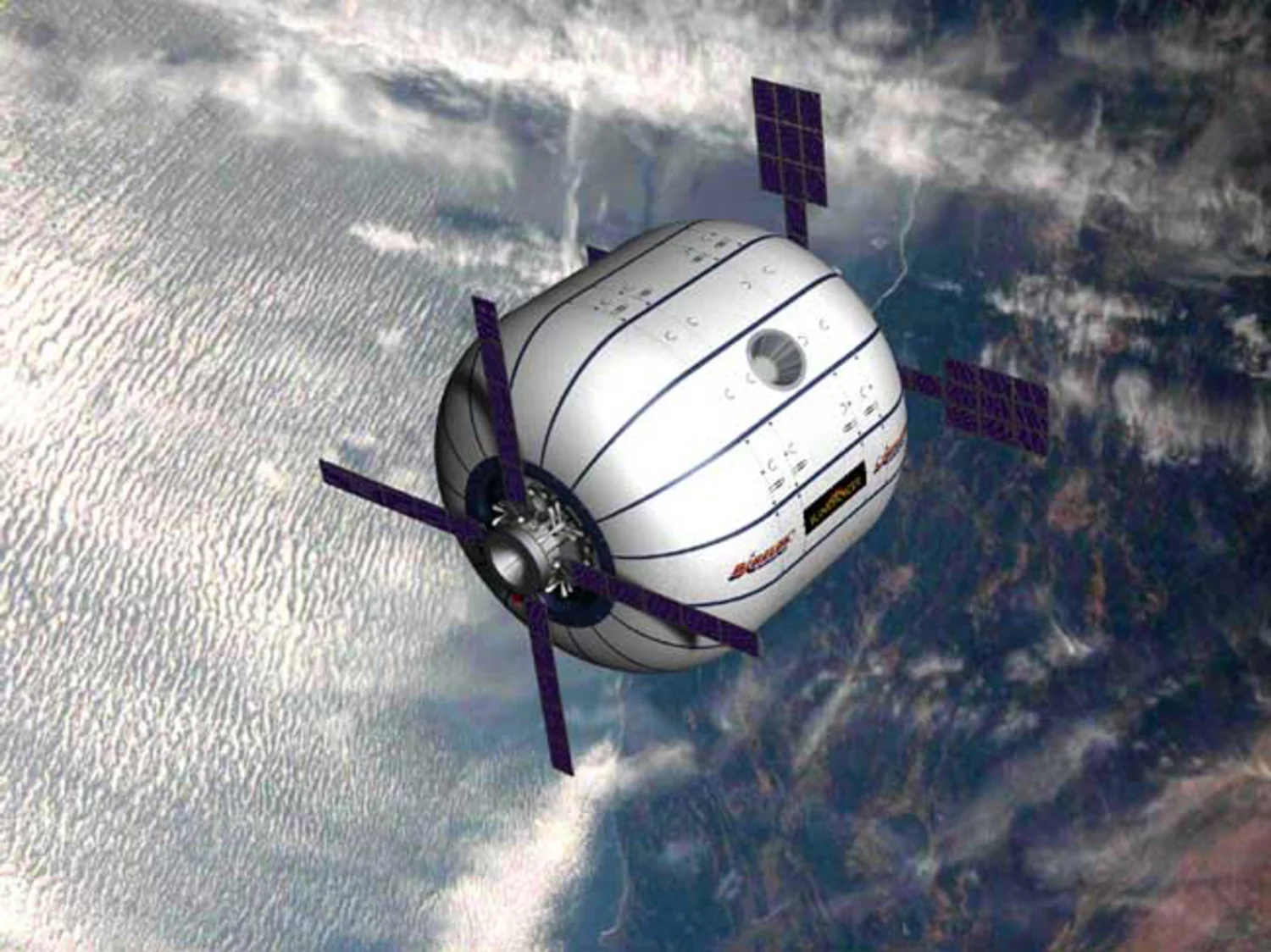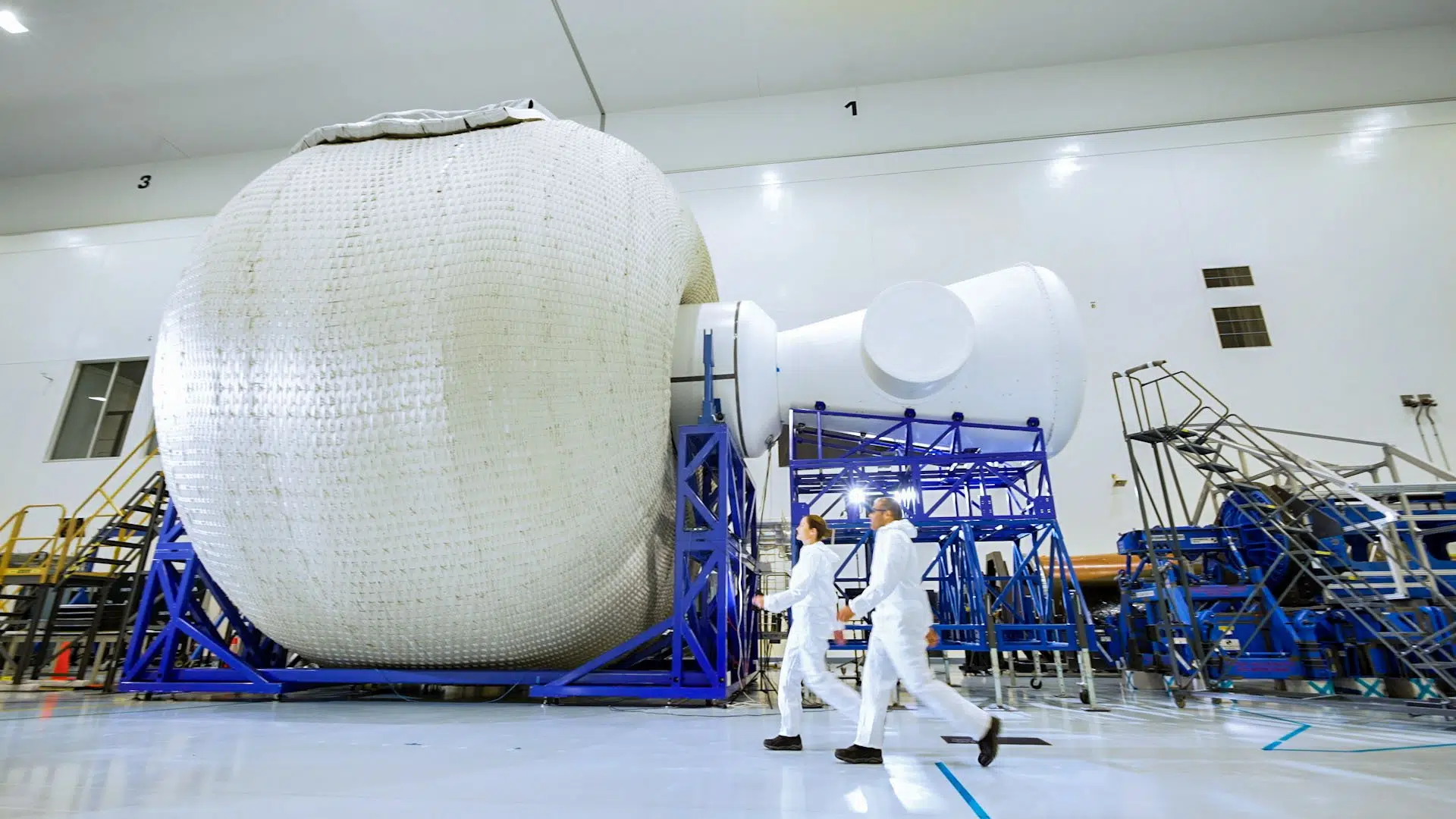Inflatable space stations, a logical solution to space colonization

Inflatable architecture is considered the next big thing in space habitability. The rationale is that the expandable material can be easily stored inside the spacecraft, securely packaged to take up less space, cheap and simple to deploy, both on lunar soil and in orbit.
Max Space, a startup, recently announced ambitious plans to develop robust inflatable ball-like modules that can transform into space stations the size of a sports stadium.
These in-space manufacturing modules could represent an alternative to large-scale commercial space stations, all with a limited number of expensive space trips.
The company aims to launch the first module on a SpaceX rideshare ride in 2026.
A station that can be assembled after a single trip
The space station can be assembled in a single launch Max Space's goal is to create “expandable space habitats for people and storage that are high-quality, high-volume, and considerably less expensive to maintain and bring into space.”
Building a fully functional space station takes work. For example, the in-orbit construction of the International Space Station (ISS) was completed over 40 trips between 1998 and 2011. In total, the construction cost was a whopping $100 billion.
Space companies have turned to new approaches to building multipurpose orbiting space stations, thanks to advances in technology. Furthermore, the retirement of the ISS is scheduled for the end of this decade; thus, the race to build and deploy a functional space station before its retirement is gathering pace like never before.
“Max Space can deliver the equivalent cubic volume of the ISS into space for $200 million – including launch – while reducing the cost by more than one hundred times,” the company says in the press release.
The company aims to launch the entire facility in a single launch. These expandable pressure vessels transform into “high-strength rigid” structures after inflation in low-Earth orbit. By 2030, Max Space hopes to have scalable habitats in spaces ranging in size from 20m3 to 1000m3.
The expandable module could also be used to set up a lunar base camp.
What makes the module robust and reliable
These expandable structures are based on the “isotensoid architecture” technique. This method allows the structural fiber part to remain free, meaning it is not confined or held back by surrounding elements. This freedom allows the fibers to assume an ideal geometry, or shape, that maximizes their load-bearing capacity.
Additionally, the company uses an innovative approach to make expandable modules safer and more resistant to human use than typical rigid modules.
Specifically, the architecture consists of a “multilayer fiber-based ballistic shielding system with much greater resilience than aluminum and titanium.”
The company expects that, eventually, these modules will be able to host humans on the Moon and, eventually, Mars. All with a limited cost and a particularly low transport weight.
Max Space isn't the only one developing an inflatable space station.
Another fierce competitor is Sierra Space , the aerospace company. By 2030, it hopes to have an operational 3-story inflatable space station, known as the Large Integrated Flexible Environment (LIFE). The habitat prototype recently underwent a large-scale blast pressure test. The prototype was deliberately detonated to test the safety measures of the proposed inflatable space station.

Thanks to our Telegram channel you can stay updated on the publication of new Economic Scenarios articles.
The article Inflatable space stations, a logical solution to space colonization comes from Economic Scenarios .
This is a machine translation of a post published on Scenari Economici at the URL https://scenarieconomici.it/stazioni-spaziali-gonfiabili-una-soluzione-logica-alla-colonizzazione-dello-spazio/ on Wed, 10 Apr 2024 06:00:03 +0000.



